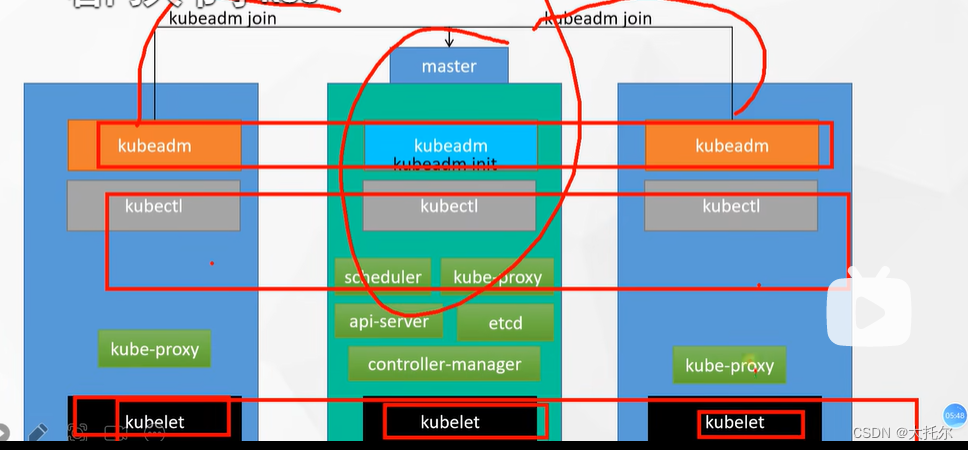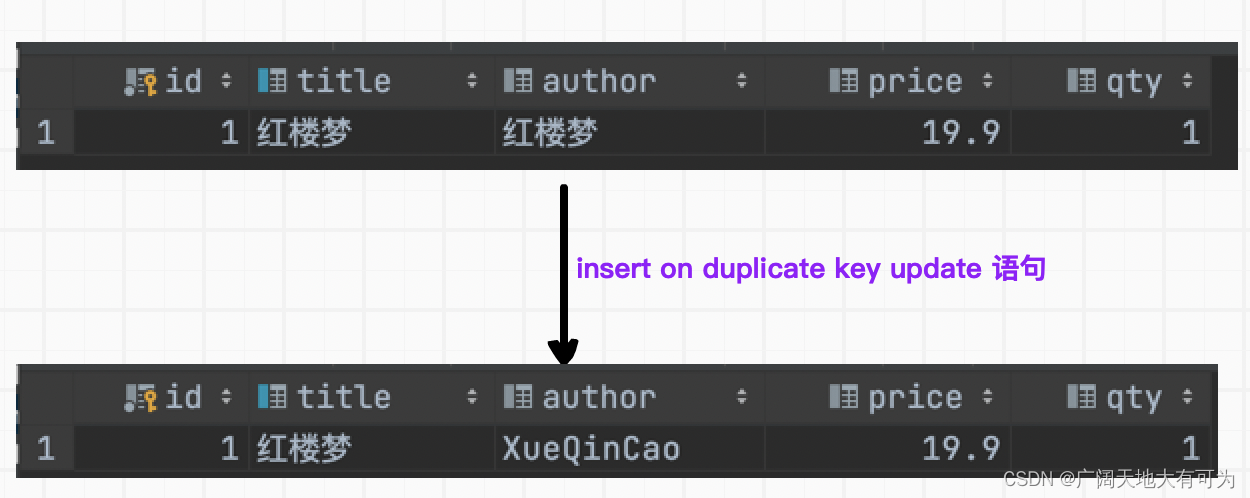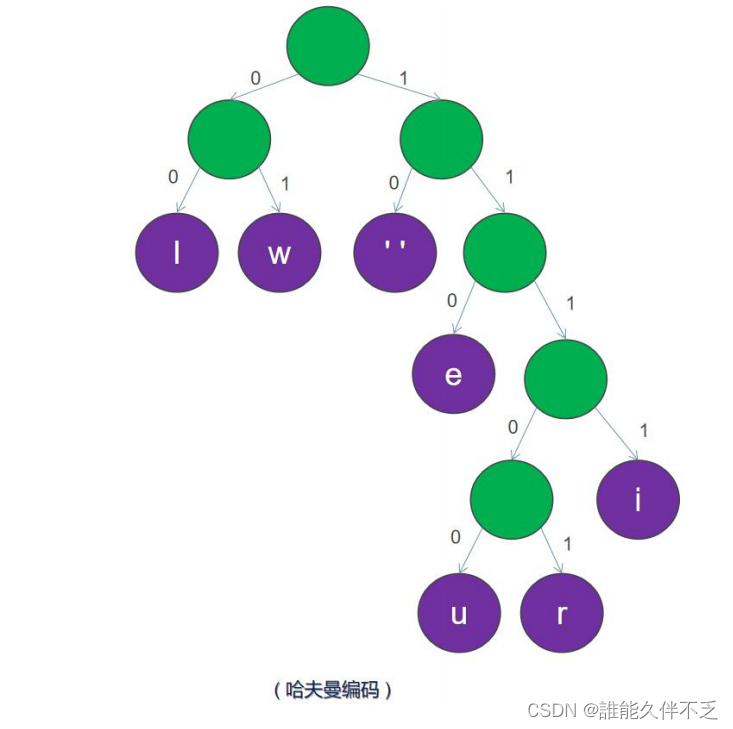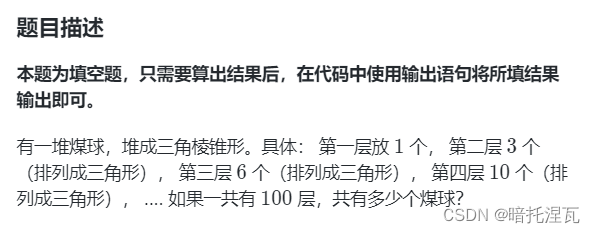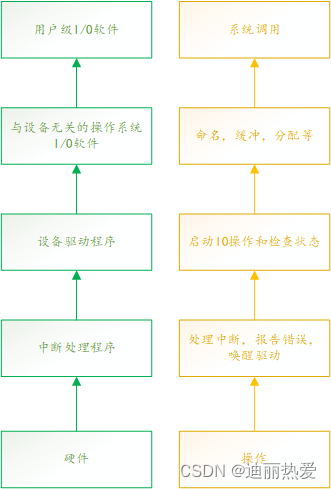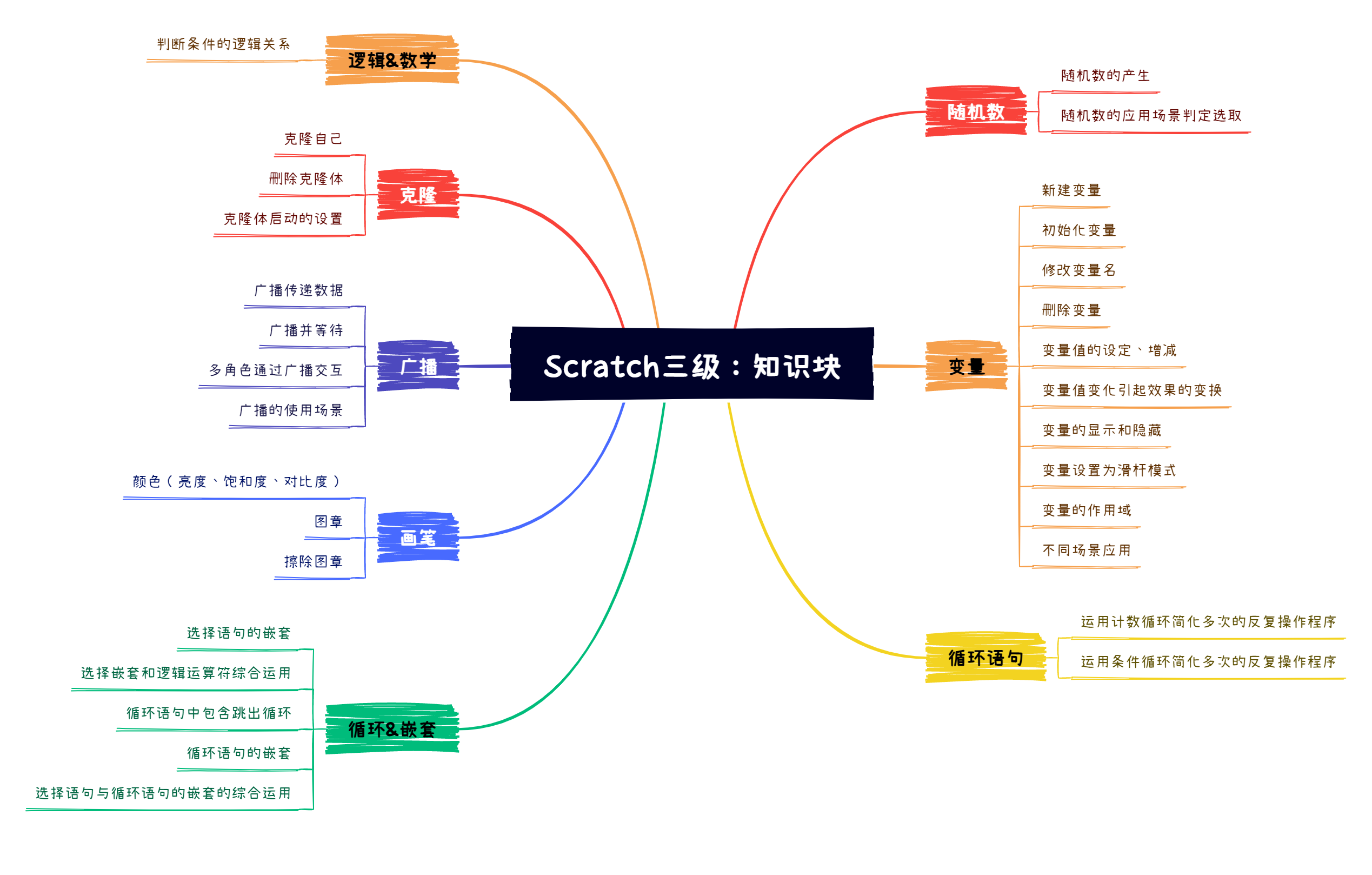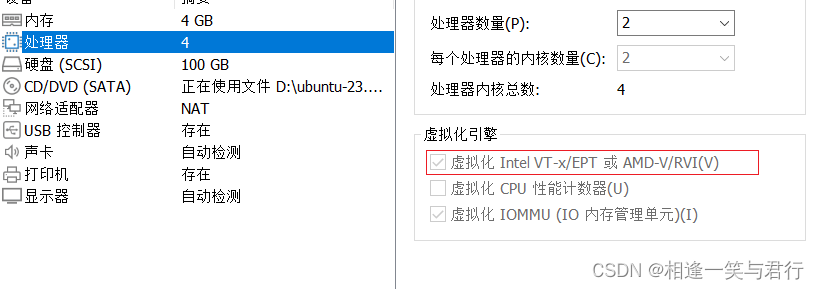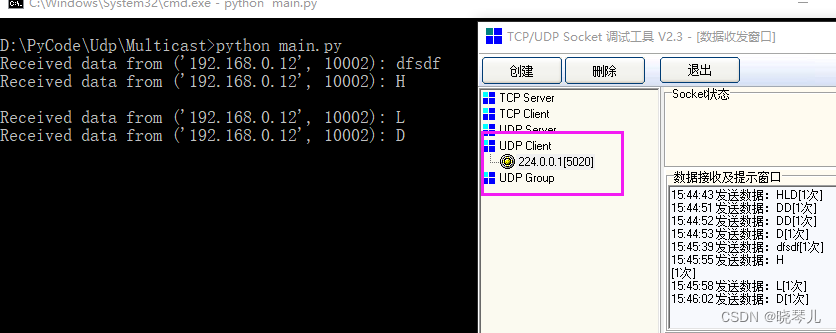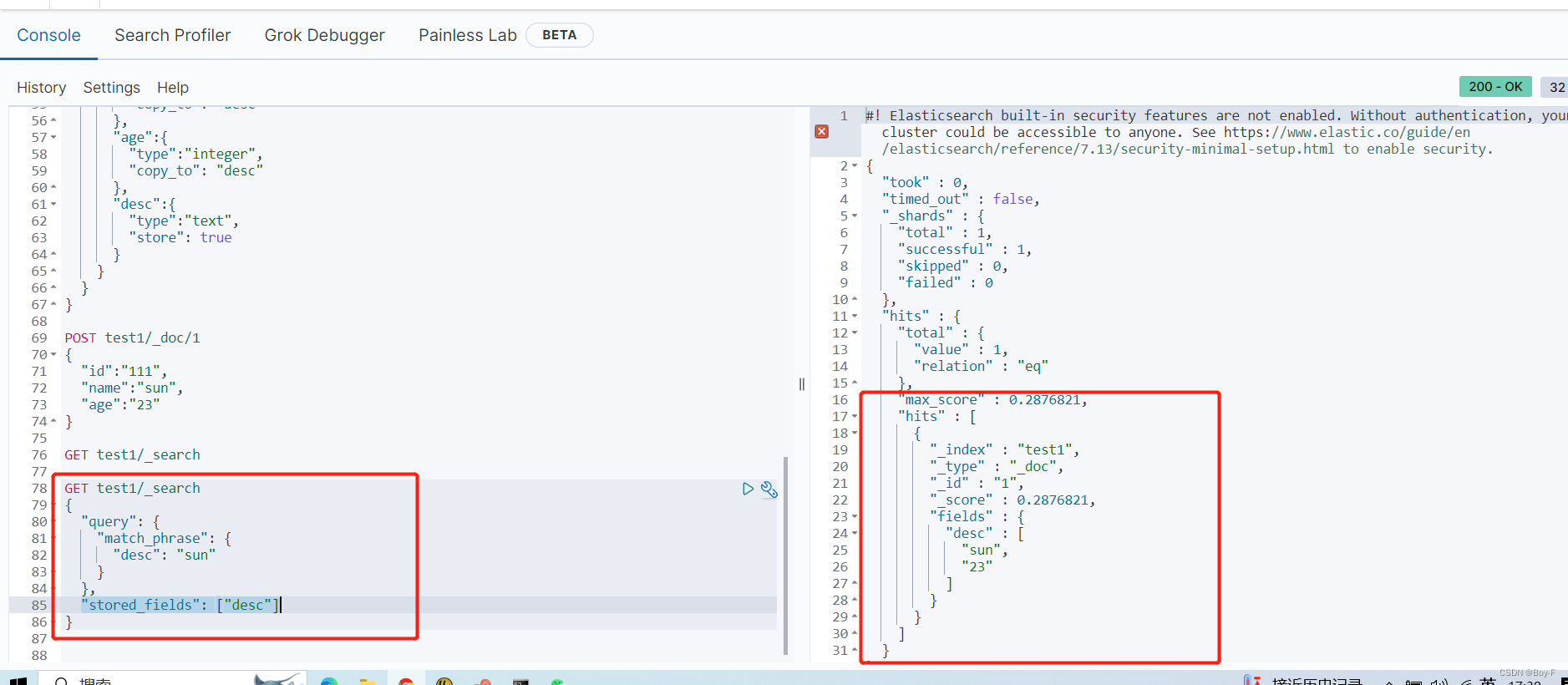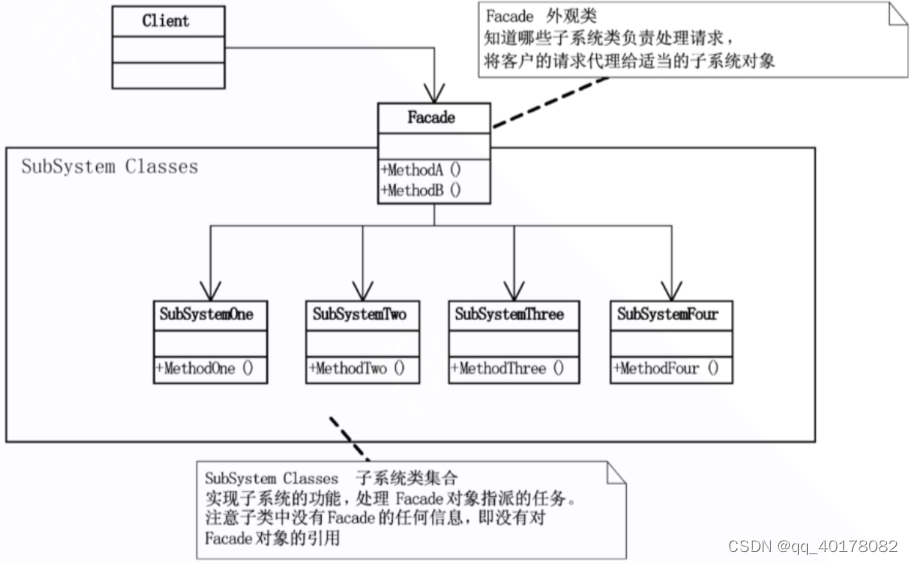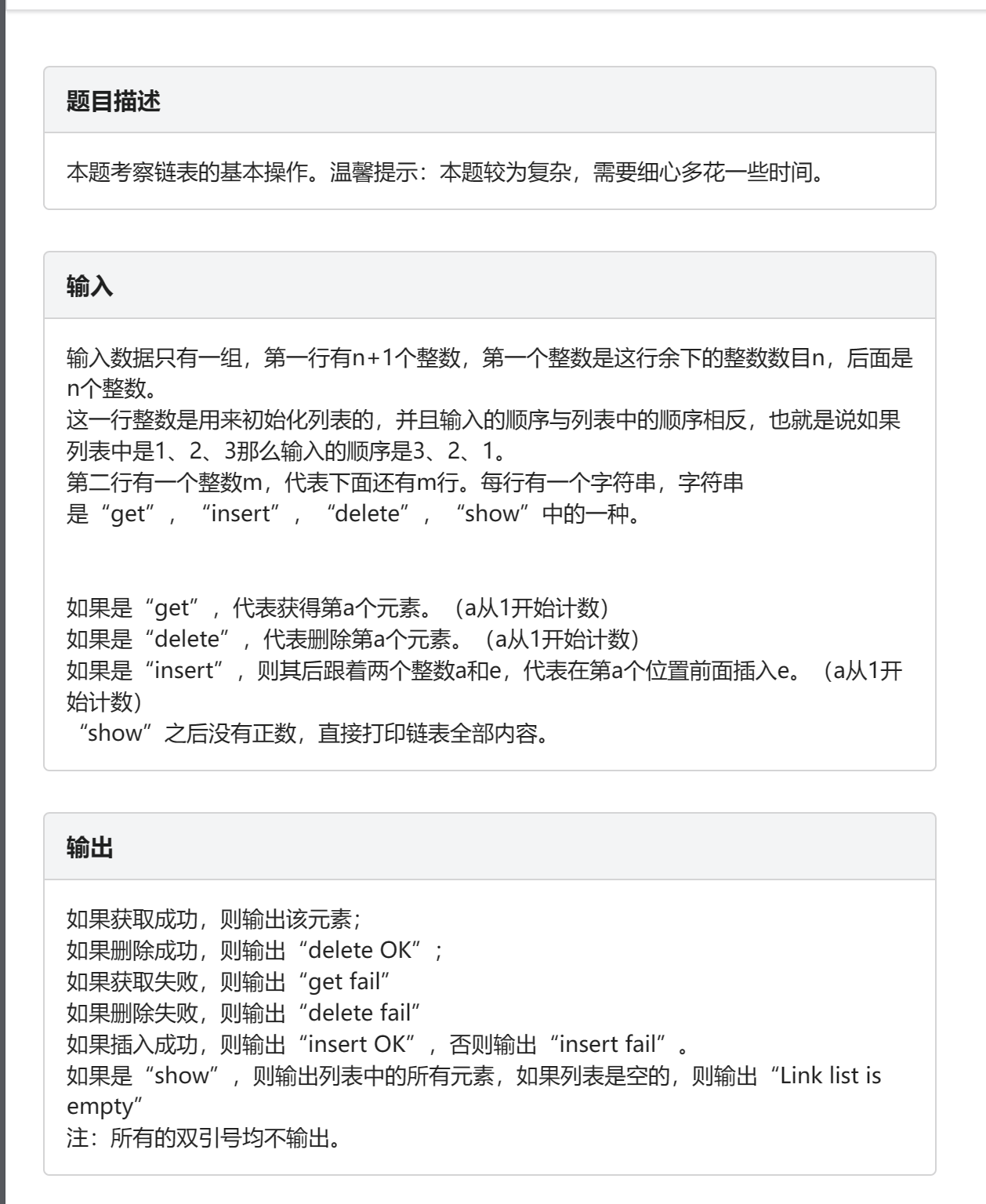

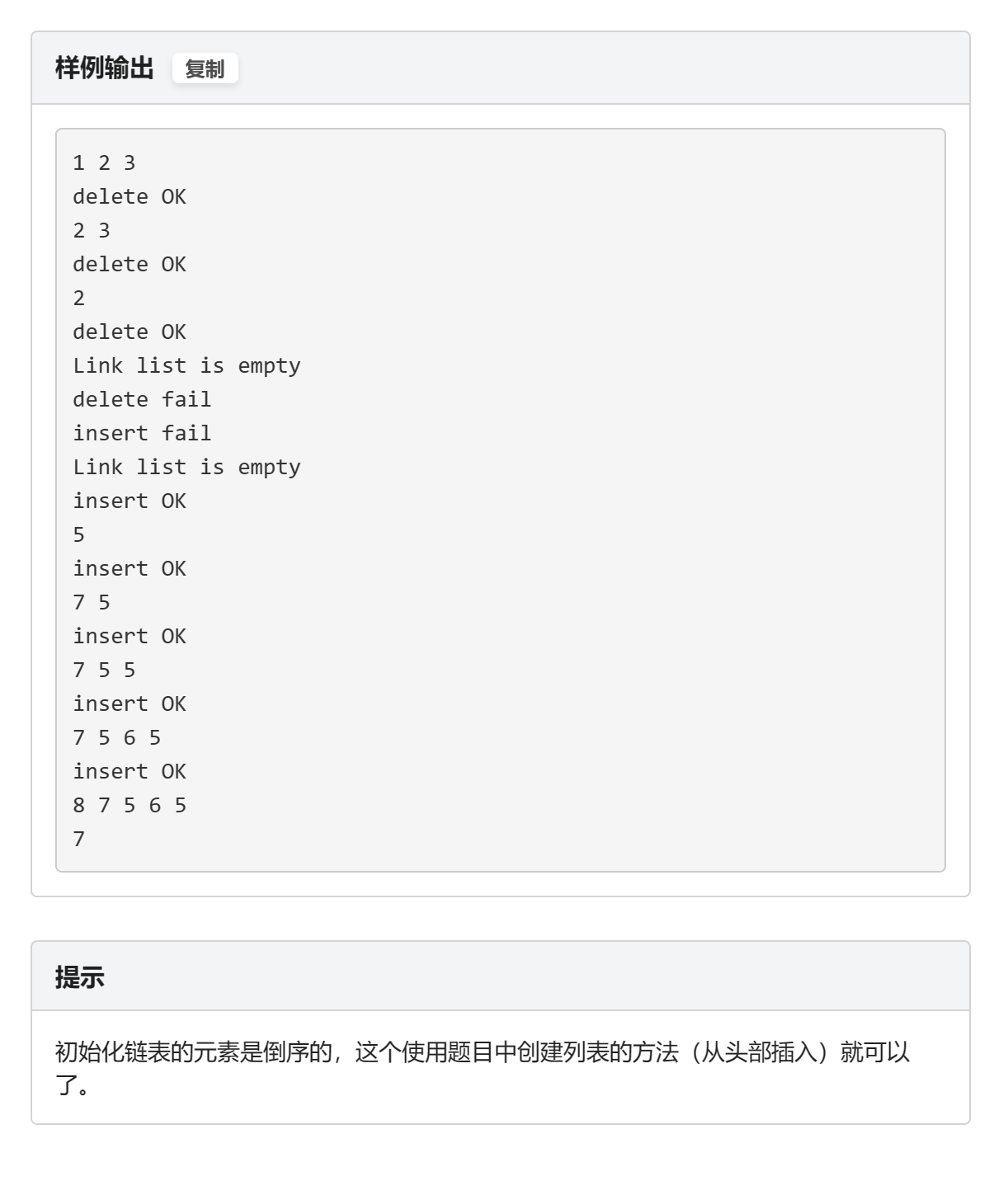
此题自己亲自动手实现难度确实不容易,为了更好的掌握 链表这一结构,还是得自己敲,自己debug,还得多次看,才能脑子清楚,手也熟。
// 本题的删除索引是从1开始,函数实现是从0开始,先说明这一点,不然先看函数可能会产生疑惑
#include<iostream>
using namespace std;
// 定义链表节点结构体
struct LinkedNode {
int val;
LinkedNode* next;
LinkedNode(int val):val(val), next(nullptr){}
};
int _size = 0;
LinkedNode* _dummyHead = new LinkedNode(0); // 这里定义的头结点 是一个虚拟头结点,而不是真正的链表头结点
// 获取到第index个节点数值,如果index是非法数值直接返回-1, 注意index是从0开始的,第0个节点就是头结点
int get(int index) {
if (index > (_size - 1) || index < 0) {
return -1;
}
LinkedNode* cur = _dummyHead->next;
while(index--){ // 如果--index 就会陷入死循环
cur = cur->next;
}
return cur->val;
}
// 在链表最前面插入一个节点,插入完成后,新插入的节点为链表的新的头结点
void addAtHead(int val) {
LinkedNode* newNode = new LinkedNode(val);
newNode->next = _dummyHead->next;
_dummyHead->next = newNode;
_size++;
}
// 在链表最后面添加一个节点
void addAtTail(int val) {
LinkedNode* newNode = new LinkedNode(val);
LinkedNode* cur = _dummyHead;
while(cur->next != nullptr){
cur = cur->next;
}
cur->next = newNode;
_size++;
}
// 在第index个节点之前插入一个新节点,例如index为0,那么新插入的节点为链表的新头节点。
// 如果index 等于链表的长度,则说明是新插入的节点为链表的尾结点
// 如果index大于链表的长度,则返回空
// 如果index小于0,则在头部插入节点
int addAtIndex(int index, int val) {
if(index > _size) return -1;
if(index < 0) return -1;
LinkedNode* newNode = new LinkedNode(val);
LinkedNode* cur = _dummyHead;
while(index--) {
cur = cur->next;
}
newNode->next = cur->next;
cur->next = newNode;
_size++;
return 0;
}
// 删除第index个节点,如果index 大于等于链表的长度,直接return,注意index是从0开始的
int deleteAtIndex(int index) {
if (index >= _size || index < 0) {
return -1;
}
LinkedNode* cur = _dummyHead;
while(index--) {
cur = cur ->next;
}
LinkedNode* tmp = cur->next;
cur->next = cur->next->next;
delete tmp;
//delete命令指示释放了tmp指针原本所指的那部分内存,
//被delete后的指针tmp的值(地址)并非就是NULL,而是随机值。也就是被delete后,
//如果不再加上一句tmp=nullptr,tmp会成为乱指的野指针
//如果之后的程序不小心使用了tmp,会指向难以预想的内存空间
tmp=nullptr;
_size--;
return 0;
}
// 打印链表
int printLinkedList() {
LinkedNode* cur = _dummyHead;
if (cur->next == nullptr) return -1;
while (cur->next != nullptr) {
cout << cur->next->val << " ";
cur = cur->next;
}
cout << endl;
return 0;
}
int main() {
int n, a, m, t, z;
string s;
cin >> n;
LinkedNode* head = nullptr;
while (n--) {
cin >> a;
addAtHead(a);
}
cin >> m;
while (m--) {
cin >> s;
if (s == "show") {
if (printLinkedList() == -1) cout << "Link list is empty" << endl;
}
if (s == "delete") {
cin >> t;
// 本题的删除索引是从1开始,函数实现是从0开始,所以这里是 t - 1
if (deleteAtIndex(t - 1) == -1) cout << "delete fail" << endl;
else cout << "delete OK" << endl;
}
if (s == "insert") {
cin >> t >> z;
if (addAtIndex(t - 1, z) == -1) cout << "insert fail" << endl;
else cout << "insert OK" << endl;
}
if (s == "get") {
cin >> t;
int getValue = get(t - 1);
if (getValue == -1) cout << "get fail" << endl;
else cout << getValue << endl;
}
}
}

![[自用]手推DDPM公式](https://img-blog.csdnimg.cn/3b6dbb7293bd4c4798747dec19c0f9e4.jpeg)


